 |
| Mr. Tran Van Long's civet farming model brings high economic efficiency. |
Raising civets is low cost, sells at high prices and is in high demand, so breeders can achieve good profits. Especially raising civets for reproduction and selling offspring. A typical example is the civet breeding model of Mr. Tran Van Long - owner of Ba Long civet breeding farm (Phuoc Chi A hamlet, Binh Phuoc commune, Mang Thit district).
As a successful civet breeder in Mang Thit district, Mr. Tran Van Long - owner of Ba Long civet breeding farm is considered a pioneer in this model.
Mr. Long shared: Starting to raise mink in 2016, although he had a lot of knowledge from many years of raising pigs, bamboo rats, etc., when switching to raising wild civets, he encountered many difficulties and failures for 3 consecutive years due to buying poor quality breeds and lack of experience. By November 2018, he had found quality breeds, learned more about raising them himself and has been successful so far.
According to Mr. Long, compared to other pets, civets are easy to raise and care for, but must follow the correct process. During the raising process, the cage should be cleaned daily to prevent the civets from getting sick, and drinking water should be changed regularly.
In addition, domesticated ferrets still retain their wild nature and are very aggressive. If kept together, they often bite each other to death, so small cages must be designed to house each ferret in a separate cage. Each domesticated ferret gives birth to two litters a year, each litter of 4-5. Normally, the gestation period of a female ferret usually lasts from 60-65 days.
Civets can be sold after 10 months of raising. This is a high-value livestock, but they are mainly fed bananas and locally available catfish, so the investment cost is relatively low, mainly the cost of investing in barns, so it is quite suitable for the production conditions of many households.
Initially, Mr. Long's breeding area had 40 female minks and 10 male minks. Now, after 5 years, he has expanded it to 11 breeding areas, including 7 breeding areas and 4 vaccinated minks waiting for sale with a total of 500 sows.
“The important step in raising civets is to ensure hygiene and prevent diseases for the civets. Besides, it is also necessary to pay attention to feeding them moderately, because if you feed them too much, the civets will become fat, leading to difficulty giving birth, and traders will reject them.
The market for this type of pet is very wide, from North to South. Currently, the price of parent mink is from 40 million VND/pair, baby mink is from 10 million VND/head, and the farm is not enough to meet the market demand" - Mr. Long added.
In addition to selling mink breeding, Mr. Long also enthusiastically guides neighboring breeders. According to Mr. Long, this mink breeding model does not require a large area, does not require much care, has little risk but brings high economic efficiency.
To meet market demand, Mr. Long has also provided breeding animals and food to more than 10 households for contract farming. At the same time, this model has also provided jobs for more than 10 local workers. In the future, the breeding farm will expand its breeding area by 3,000m2 to increase the number of mink to meet market demand.
According to Mr. Truong Tan Duoc - Secretary of the Party Committee of Binh Phuoc Commune (Mang Thit District), many new agricultural models have appeared in the commune applying technology, including sustainable development models and bringing good income to farmers. Typically, the civet farming model has contributed to diversifying agricultural products. The model has the potential to be replicated, creating jobs and increasing income for local people. |
Article and photos: TRA MY
Source





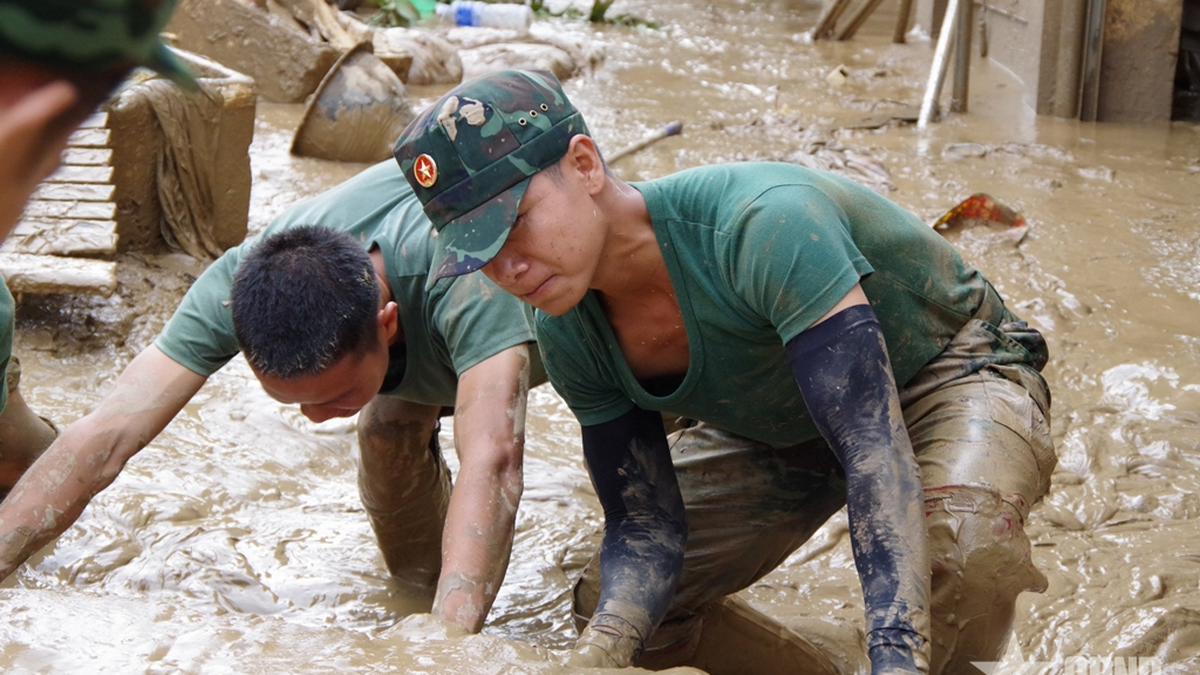

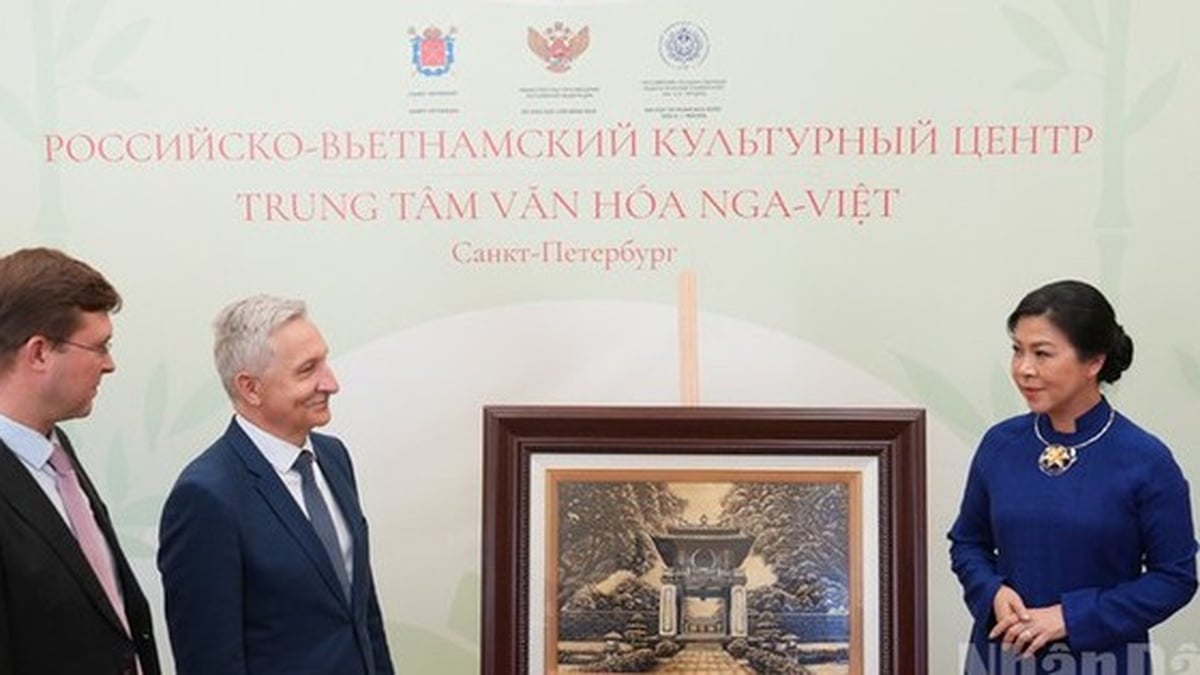


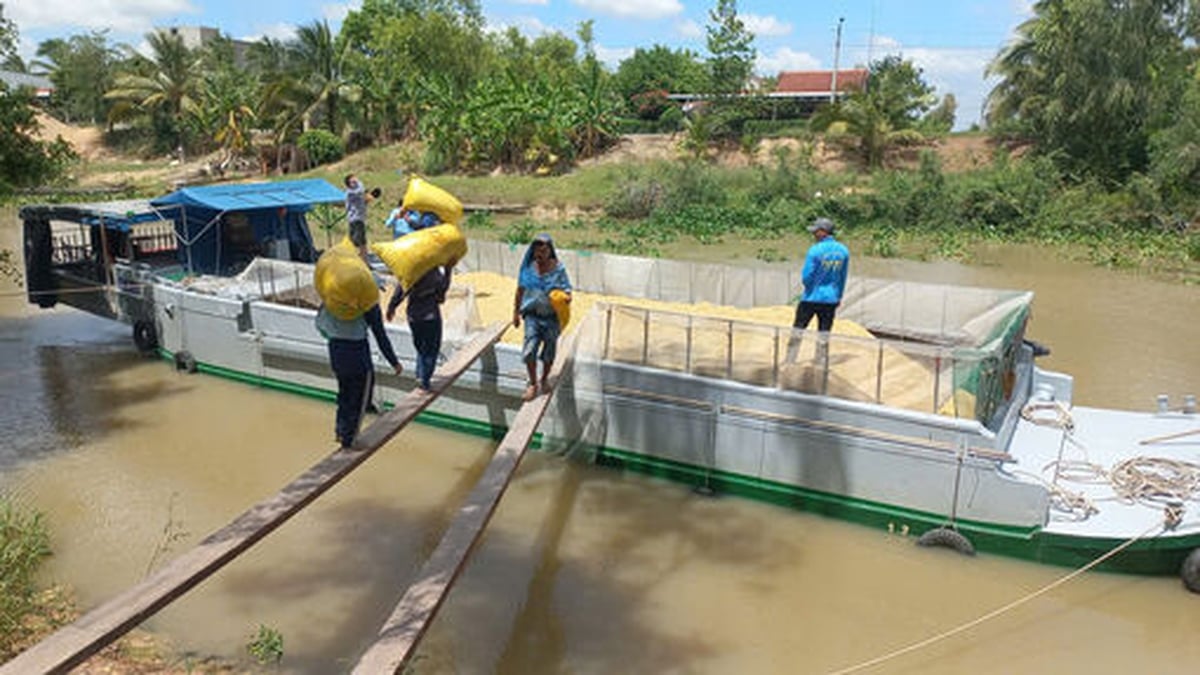














![[Photo] National Assembly Chairman attends the seminar "Building and operating an international financial center and recommendations for Vietnam"](https://vphoto.vietnam.vn/thumb/1200x675/vietnam/resource/IMAGE/2025/7/28/76393436936e457db31ec84433289f72)































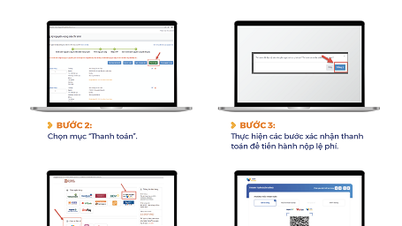















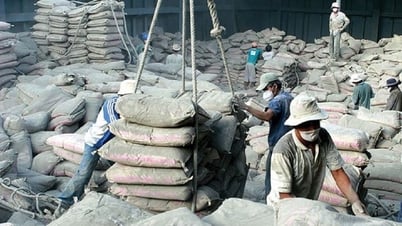

























Comment (0)